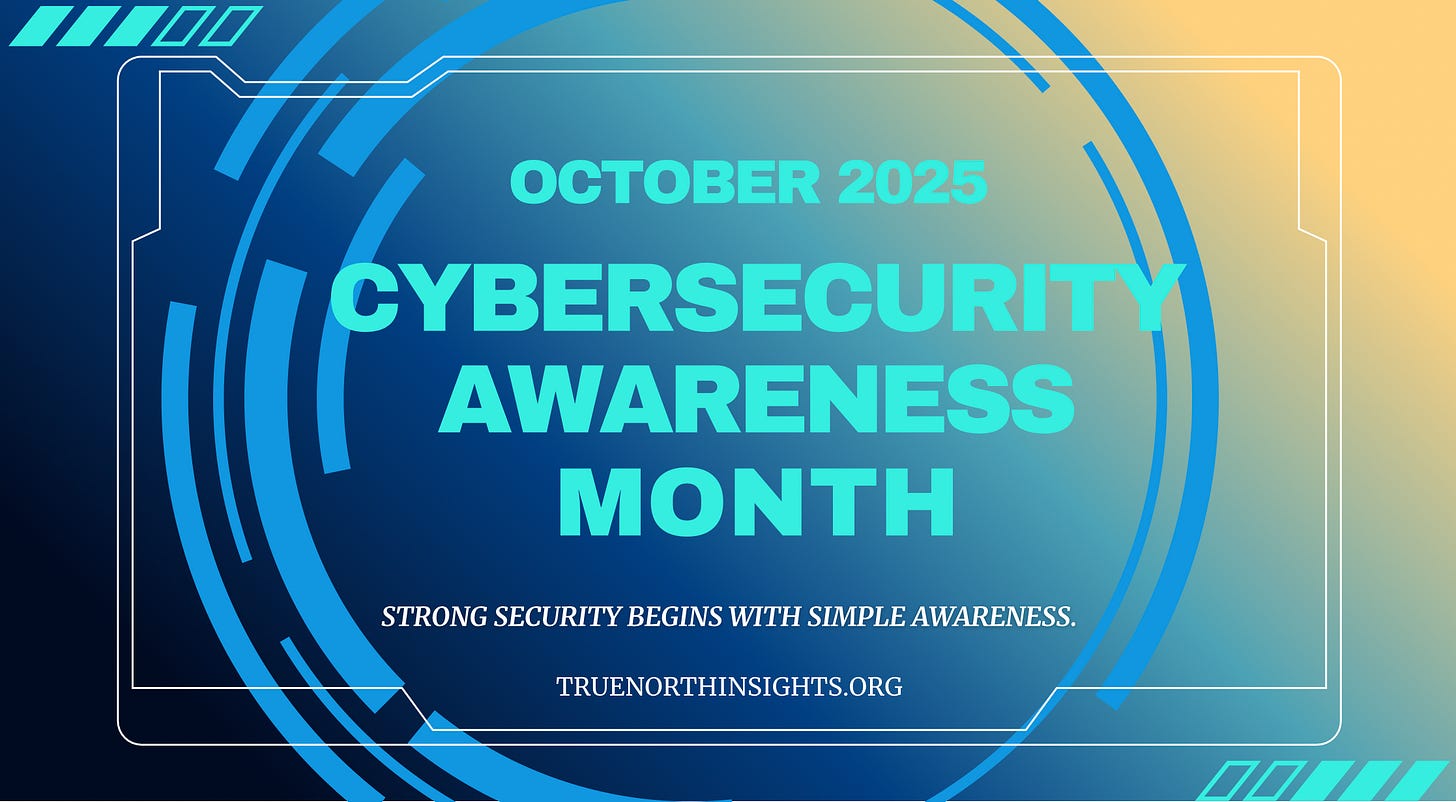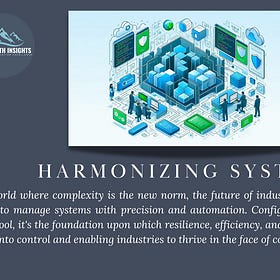In my previous article (The Real Reason Your Process Isn’t Working), I mentioned two principles that have shaped much of my thinking over the years: KISS (Keep It Simple, Stupid) and DRY (Don’t Repeat Yourself). These principles still stand among my favorites, not only because they make code and architecture cleaner, but because they reflect a mindset that is deeply relevant today, especially in the world of cybersecurity.
The moment you mention cybersecurity, complexity follows. Security has a way of turning simple things into something much more complicated. Yes, the fundamentals are simple, yet as soon as we start implementing them, the systems often grow complex, interdependent, and at times fragile. October is Cybersecurity Awareness Month, a timely reminder that even small missteps in managing complex systems can create major vulnerabilities. Take something as familiar as SSH authentication. In the early days, logging in with a username and password was enough. Then, best practices and the need for stronger security led to SSH keys becoming standard. It made sense until you tried managing those private keys across teams, environments, and time zones. What began as a simple improvement could quickly turn into a logistical and security challenge, and sometimes even a nightmare.
The next evolution was certificates and role-based access (RBAC), where a backend system controls who gets what level of access and for how long. Access requests must be logged, audited, and reviewed because everything must be traceable. It is the right approach, but it comes with new layers of infrastructure, policies, and maintenance, and this is where many teams get lost. They confuse security with complexity. The goal, however, should be to build secure yet understandable systems that remain manageable, auditable, and maintainable as they evolve over time.
Applying KISS and DRY Today
The challenge is not to make systems simple in a naive sense, but to make them understandably complex, where every layer has a reason to exist and no effort is wasted and this is where Configuration Management (CM) becomes essential.
A well-structured CM approach does not just document the system, it defines it. It keeps environments consistent, reduces drift, and allows teams to rebuild or audit systems with confidence. In other words, CM is the bridge between KISS, DRY, and operational reality.
Here is how these principles align in practice:
KISS reminds us to remove unnecessary steps, abstractions, and dependencies. Every part of the system should be explainable in a single sentence.
DRY ensures we design once and reuse intelligently, avoiding the chaos that comes from duplicating configurations, policies, or logic in multiple places.
Configuration Management ties it together by making the system observable, reproducible, and resilient.
When applied correctly, these principles do not reduce capability. They enhance clarity, and clarity is the foundation of trust, collaboration, and long-term maintainability.
The Core of Cybersecurity
At its heart, cybersecurity is not mysterious. It rests on a few timeless principles that guide every good system design:
Zero Trust: Never assume. Always verify.
Least Privilege: Give only the access that is needed, and nothing more.
Auditability: Log everything, and ensure those logs are immutable.
That is it. Everything else is an implementation detail, the way you express those truths through architecture, code, and process.
But just because the principles are simple does not mean the systems are. Complexity will always emerge and it’s our job is to shape it, to manage it deliberately and not let it grow uncontrolled.
This is what KISS, DRY, and CM should remind us about:
Good engineering is not about avoiding complexity, but mastering it with elegance.
Conclusion
In cybersecurity, simplicity is often mistaken for weakness. In reality, it is the ultimate strength. A simple, well-structured system is easier to secure, easier to monitor, and easier to trust. It is less prone to hidden dependencies, silent failures, and human error. As systems continue to grow in scale and interconnectivity, our task as engineers and architects is not only to defend against threats but to preserve clarity. Because clarity is what turns chaos into confidence.
Keep it simple. Keep it clear. And always verify.
Related Articles
Explore more of my writing on related topics below.
The Real Reason Your Process Isn’t Working
Before we get started, I want to clarify a common source of confusion: Many people mistake processes for policies, but understanding the difference is (in my opinion) critical. A policy sets the principle or rule: it tells you what should be done and
Why Cybersecurity Belongs in the Boardroom
When we talk about cybersecurity, many business leaders still think of it as a purely technical challenge: firewalls, passwords, and antivirus software, just to name a few. In reality, it is also a business issue. At its core, cybersecurity is about managing risk, controlling costs, building trust, and ensuring resilience. Trust, continuity, and competi…
Common Misconceptions About Firewalls
Firewalls are one of the fundamental components of network security, yet there are many misconceptions surrounding them. In this article, I will try to clarify some of these misunderstandings, particularly the debate between "hardware firewalls" and "






